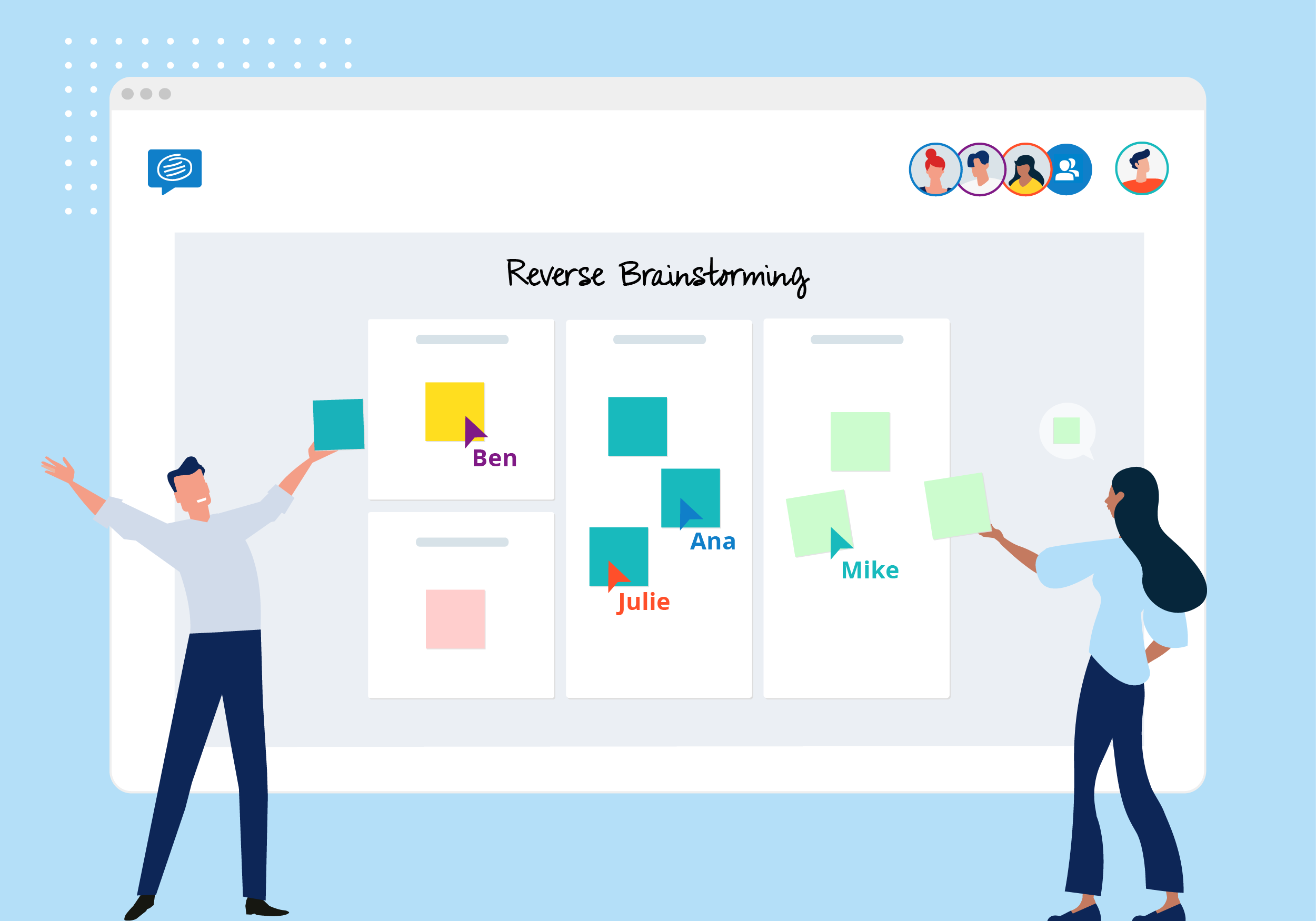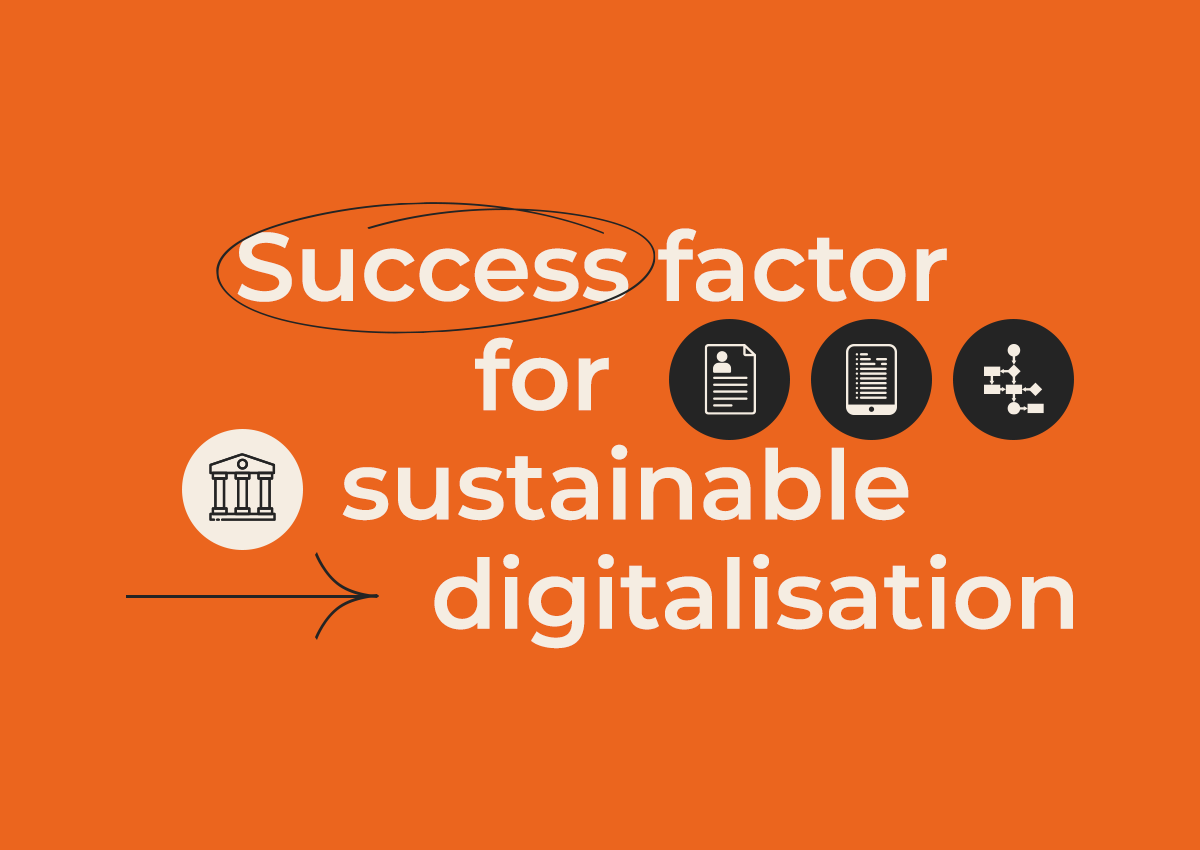This post is also available in: German
Reverse brainstorming, also known as negative brainstorming is technique that invites teams to think of problems, instead of solutions. But why?
Because if you can identify with potential problems before commencing a project, you’ll be better equipped to prepare for them and overcome them.
Reverse brainstorming is a creative way of flipping our perspective and turning problems into opportunities. We’ve created a free and easy-to-use reverse brainstorming template that you can use with your remote team.
First, let’s take a look at how it works.
What is reverse brainstorming?
Reverse brainstorming employs our ability to see problems more easily than solutions. In this way, it leans into our natural tendency to criticise and see flaws in a plan. Then after identifying these problems the team can move onto trying to solve those problems and outlining a plan for ongoing success.
Therefore, if your team is overwhelmed or bogged down in a project, flipping the approach can be a good way to take advantage of that negativity. Instead of shutting down the problems, you can use them as the jumping off point for some ideation.
Similarly, it’s a great activity for entrepreneurs and creatives to approach solving complex problems that feel too big.
This is just one creative way to problem solve. To explore more of our brainstorming templates, check out these 15 brainstorming techniques and templates you can use collaboratively with your team such as the SCAMPER technique, round-robin brainstorming or brainwriting.
Difference between brainstorming and reverse brainstorming
In traditional brainstorming, you begin by identifying a problem, eg: How do we sell more shoes? and the team shares their creative ideas, eg: Make them cheaper, hire a celebrity ambassador. However, the ideas you generate may not actually be relevant, practical or even possible, so the session ends up being pointless and de-motivating. Alternatively, if one dominant voice pushes their idea, others get swept to the side without much consideration.
Whereas in reverse brainstorming, you start by considering all the possible problems that you might encounter, eg: competitors release similar shoes, website crashes, leather supplier closes down. You’ll subsequently generate much more relevant and directly applicable ideas. It also shakes up old way of doing things, pushing the brain in a new direction.

The best brainstorming tool
A 5 step guide
Start up inviting your team to join the board loaded with the reverse brainstorming template. Use sticky notes to complete the following five sections:
- Define the problem or project you are focusing on.
- Reverse the problem and list things that could make it even worse
- Collect ideas from everyone concerning potential problems they foresee occurring during the project
- Reverse these ideas, to find solutions to them.
- Identify solutions that can help solve the original ideas and move them into the final section.
Using a reverse brainstorming template
Our collaborative reverse brainstorming template allows you to participate in a remote brainstorming session with your team even everyone is remote. Thanks to live cursors you can easily track what every participant is doing!
Simply click on the image to open it and then follow the steps listed above.

Once you’ve completed it, you can leave it saved in the board, or export the finished version as a PDF.




